According to the retail space for lease report for the first quarter of 2023 by Savills Ho Chi Minh City, the total market occupancy rate reached 92%, showing signs of a slight decrease of 0.4% compared to the same period in 2022. The slight decrease is believed to come from outside the central area, when tenants continue to leave space vacant and do not renew contracts.
According to the report, the food and beverage industry accounts for 30% of vacant space, the fashion industry accounts for 21%, the entertainment industry accounts for 20% and the education industry accounts for 6%. The main reasons pointed out are low traffic volume at premises with poor rental locations, along with ineffective marketing and management policies from investors.
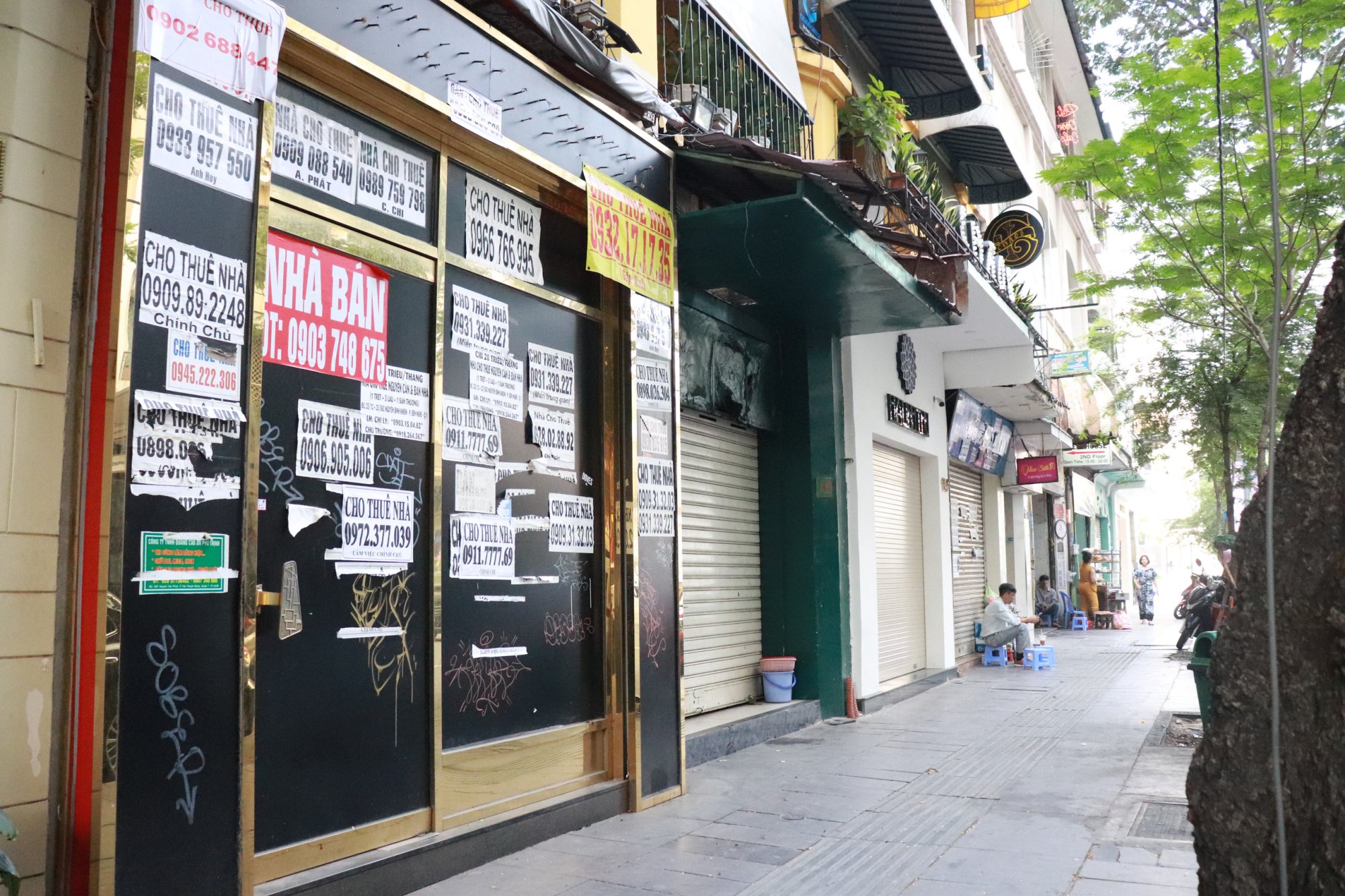
Rental properties are vacant due to changes in customer approach.
Savills forecasts that in 2023, there will be 6 new projects providing a total leasable area of 124,000 m2. However, the construction progress of many new projects has been delayed and the increasing caution of tenants may cause new brands to delay their plans to enter the market in the near future.
In addition, the needs and approaches to the retail market of customers, especially young customers, have also changed, forcing businesses to shift to keep up with this trend.
Many experts also believe that the shopping habits, lifestyles and service approaches of young people are increasingly having a clear impact on the business performance of brands. This forces shopping malls to develop long-term development strategies, planning 3-5 years to continue improving existing premises and welcoming new international brands.
If they do not keep up with consumer trends and customer marketing approaches, brands will eliminate themselves and have to withdraw from this segment. For example, Parkson recently withdrew from the Vietnamese market after 18 years of business development here.
Parkson’s business model, also known as department stores, has shown its ineffectiveness in the Vietnamese market for nearly 10 years. Parkson’s decision to withdraw is not too surprising, and even reflects the current retail market situation.
Specifically, shopping mall projects at this time no longer prioritize leasing large areas. Instead, they prioritize leasing a variety of product lines, providing a more diverse shopping experience for consumers in Vietnam.
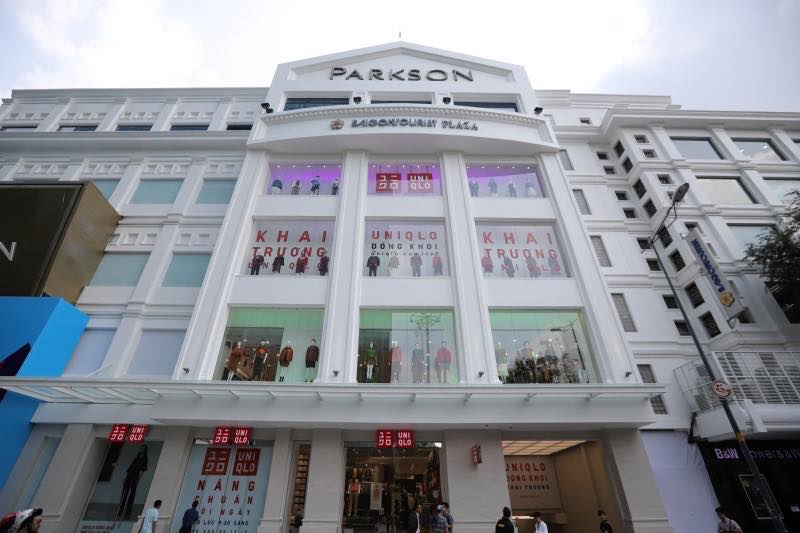
Parkson has left the retail space market after a period of ineffective operations.
Talking about this trend, Ms. Marie Hickey, Director of Commercial Real Estate Research at Savills UK, also affirmed that retail spaces are transforming from traditional stores to spaces where customers can experience more.
Nowadays, the role of physical stores is being repositioned by brands as a destination that combines shopping, relaxation and entertainment. Therefore, to continuously grasp these new changes, retail brands and landlords should cooperate with reputable representatives to help optimize investment efficiency.
Source


![[Photo] General Secretary To Lam begins official visit to Russia and attends the 80th Anniversary of Victory over Fascism](https://vphoto.vietnam.vn/thumb/1200x675/vietnam/resource/IMAGE/2025/5/8/5d2566d7f67d4a1e9b88bc677831ec9d)
![[Photo] National Assembly Chairman Tran Thanh Man chairs the meeting of the Subcommittee on Documents of the First National Assembly Party Congress](https://vphoto.vietnam.vn/thumb/1200x675/vietnam/resource/IMAGE/2025/5/8/72b19a73d94a4affab411fd8c87f4f8d)

![[Photo] General Secretary concludes visit to Azerbaijan, departs for visit to Russian Federation](https://vphoto.vietnam.vn/thumb/1200x675/vietnam/resource/IMAGE/2025/5/8/7a135ad280314b66917ad278ce0e26fa)
![[Photo] Prime Minister Pham Minh Chinh meets with the Policy Advisory Council on Private Economic Development](https://vphoto.vietnam.vn/thumb/1200x675/vietnam/resource/IMAGE/2025/5/8/387da60b85cc489ab2aed8442fc3b14a)
![[Photo] President Luong Cuong presents the decision to appoint Deputy Head of the Office of the President](https://vphoto.vietnam.vn/thumb/1200x675/vietnam/resource/IMAGE/2025/5/8/501f8ee192f3476ab9f7579c57b423ad)
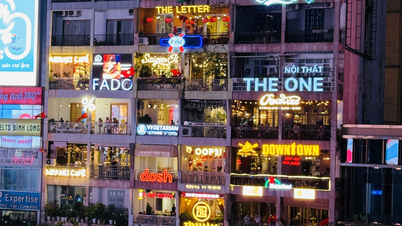

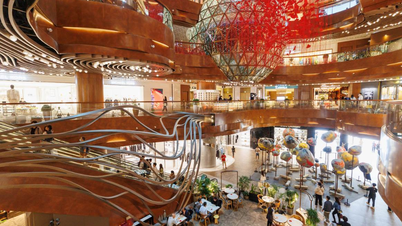


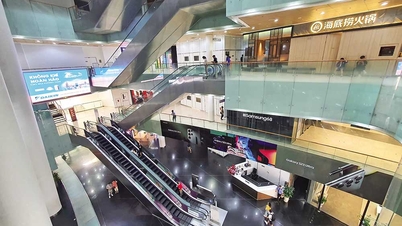







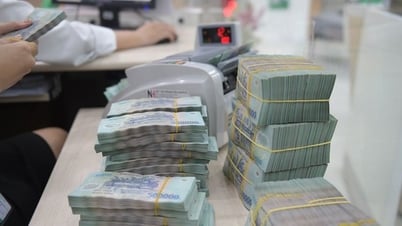










































![[Photo] Prime Minister Pham Minh Chinh talks on the phone with Singaporean Prime Minister Lawrence Wong](https://vphoto.vietnam.vn/thumb/402x226/vietnam/resource/IMAGE/2025/5/8/e2eab082d9bc4fc4a360b28fa0ab94de)

































Comment (0)